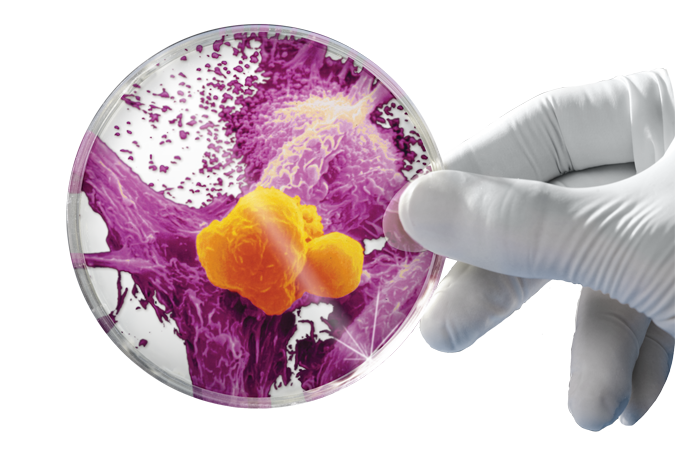Drawbacks Of Cytokine Therapies For Cancer
- Though cytokines are extremely potent, for the most part Nature seems to have designed them to work locally. Thus, they inherently have short half-lives, something that necessitates prolonged administration.
- Major problem is how to maintain effective cytokine dose over a prolonged time period. This becomes even more of a problem when a cytokine’s given systemically.
- Given that cytokines are not just potent but rather pluripotent, prolonged administration brings with it the cost of undesirable side effects, even more of a concern when given systemically. Some of these effects can even be unpredictable since so much more of cytokine biology is deciphered using mouse models that often translate poorly to human biology.
- Human Interleukin 12 clinical trial history offers an extremely pertinent case in point. With its potent effect against tumors, IL-12 is perhaps a prototypic anti-cancer cytokine. No surprise then that all the way back in 1995, in partnership with Wyeth, Genetics Institute, Inc. was testing systemic IL-12 in renal cell carcinoma patients. 12 of 17 patients suffered severe toxicity, needing to be hospitalized, with 2 deaths. Dosing and sequence of dosing turned out be key weaknesses of this study. However, this early setback was also a warning sign that cytokine therapies for cancer would likely involve a long, hard slog which indeed it has proven to be.
- Cytokine therapy for cancer thus needed several years of back to the drawing board. In the interim, cancer immunotherapy improved by leaps and bounds in the one area where cytokine therapy can’t possibly improve and which may perhaps be its biggest drawback, lack of specificity. After all, unlike tumor antigen-specific T cells and monoclonal antibodies (mAbs), not being antigen-specific, cytokines are and can only ever be blunt instruments, akin to swatting a fly with a hammer. Thus, newer cytokine therapy approaches naturally fit in as adjuncts in this new cancer immunotherapy landscape (see below from 3 for approaches in general and from 4 for approaches for IL-12 in particular).
- Meantime a variety of technological approaches are now also being tested to improve cytokine half-lives and their ability to more efficiently target tumors. One of the most straightforward and technically simpler approach to increase a cytokine’s half-life is to PEG-ylate it, i.e., conjugate the cytokine molecules to Polyethylene glycol (PEG). However, advances in technology make it just one of many approaches currently under test in pre-clinical animal models and clinical trials.
Despite such improvements, cytokine therapy’s still fraught with risk as we can surmise from Ziopharm Oncology’s recent Glioblastoma clinical trial death. Ziopharm Oncology’s approach consists of using adenovirus as the vector (carrier). Cargo it’s engineered to carry and deliver is human IL-12, designed to be conditionally expressed using a non-steroidal analog of the insect hormone ecdysone such that default IL-12 expression is low but capable of high inducibility in response to oral delivery of the specific heterodimerizer drug INX-1001 (veledimex)

























